How to Grow and Take Best Care of Aloe Vera Plants?
Are you looking to add a touch of greenery to your home while enjoying the numerous benefits of a low-maintenance plant? Look no further than the Aloe Vera plant. In this comprehensive guide, we will delve into the art of cultivating and nurturing these beautiful succulents, known not only for their aesthetic appeal but also for their healing properties.
Table of Contents
How to Plant (or Repot) an Aloe Vera Plant
Prepare your pot
Get your pot ready. Place a small piece of screen over the drainage hole after giving the new pot a short rinse (or a thorough clean if it’s a pot you’ve used before) and allowing it dry completely. This will prevent soil from falling out the bottom and will allow water to flow correctly. Although these will degrade over time, a piece of newspaper or paper towel folded twice can also be used in a pinch.
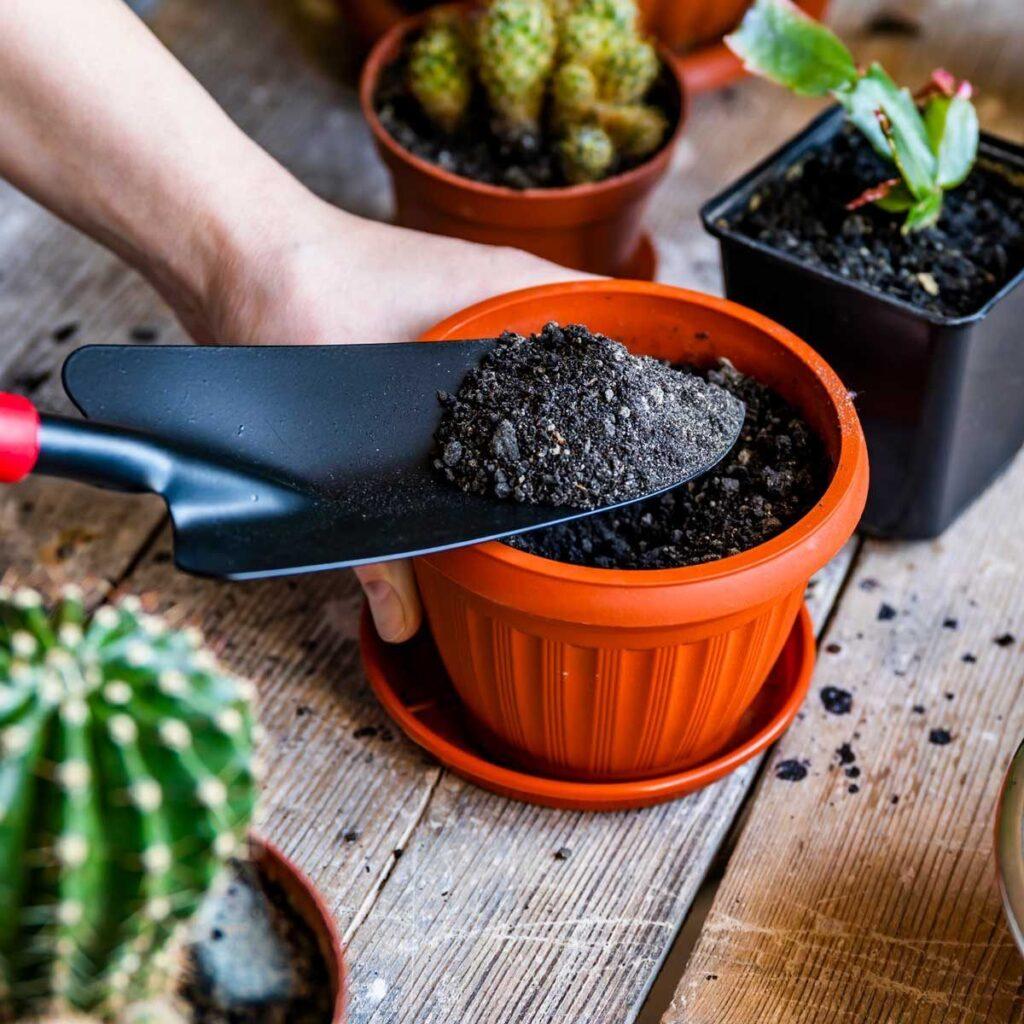
Prepare your plant
Remove the aloe vera plant from its existing container and, taking care to avoid damaging the roots, brush away any extra dirt from the roots.
If your plant has puppies, get rid of them right away. (For information on how to take out and pot pups, see the “Care” section of this page.)
Trimming the stem can be done if your plant has an extremely long, spindly stem that won’t fit in the pot. Be aware that the plant could die if you do this. Trim the stem by cutting off a portion while keeping as much of it attached to the plant as you can. Take the naked plant next, and set it somewhere warm with indirect light. Several days later, a callous will develop on the wound.
Plant your plant
Place your plant in the soil after filling the pot with potting soil that drains properly approximately a third of the way. Remember to leave at least 3/4 of an inch of space between the top of the soil and the rim of the pot when you fill in the soil around the plant. The aloe plant’s bottom leaves should also be barely visible above the ground. After planting, stop watering.

Ignore your plant
Don’t water your aloe for at least a week after putting it in its new pot. This will lessen the possibility of rot and give the plant more time to grow new roots. Keep the plant in a warm location with bright but indirect light until it appears to be rooted and content.
Getting Started with Aloe Vera
How to Grow and Take Best Care of an Aloe Vera Plant
Aloe Vera plants are renowned for their resilience and simplicity when it comes to care. Here’s everything you need to know to grow and nurture a thriving Aloe Vera plant.
- Choosing the Right Pot
Select a well-draining pot with sufficient drainage holes to prevent waterlogging. Aloe Vera plants dislike sitting in waterlogged soil, so proper drainage is crucial.
- Ideal Soil
Use a cactus or succulent potting mix that provides excellent drainage. You can also mix regular potting soil with sand or perlite for improved drainage.
- Sunlight Requirements
Aloe Vera loves sunlight. Place your plant in a location where it can receive bright, indirect sunlight for most of the day. South or west-facing windows are ideal.

- Watering
The hardest part of maintaining good aloe vera is watering, but it’s really not that complicated. Although the aloe is a succulent plant used to dry conditions, its thick leaves nevertheless require enough water.
Water aloe vera plants deeply but infrequently : In other words, the soil should feel moist after watering, but it should be given some time to partially dry out before receiving another irrigation. The roots of the plant may rot if the soil is kept excessively moist.
Allow the top third of the potting soil to dry out between watering to make sure you aren’t overwatering your plant. For instance, if your plant is housed in 6 inches of potting soil, wait until the top 2 inches are completely dry before giving it another drink. (Check the soil’s dryness with your finger.)
Typically, you should water your aloe plant every two to three weeks in the spring and summer and even less frequently in the fall and winter. A general guideline for watering in the fall and winter is to space out watering nearly twice as long apart as you would in the summer. In other words, water every four weeks in the winter instead of every two weeks in the summer.
When watering, some extra water could leak out the pot’s bottom. So that the soil may absorb as much of the water as possible, let the pot stand in it. After waiting 10 to 15 minutes, discard any leftover water.
- Temperature and Humidity
Maintain a temperature range between 59°F (15°C) to 77°F (25°C). Low humidity is ideal for aloe vera growth.
- Fertilizing
Feed your Aloe Vera plant with a balanced, diluted cactus or succulent fertilizer during the growing season (spring and summer) once a month.
- Pruning
Trim off damaged or dead leaves to encourage new growth and maintain the plant’s appearance.
Removing & Replanting Aloe Vera Offsets (Pups)
Offsets—plantlets, pups, or “babies”—that mature aloe vera plants frequently generate can be removed to create a whole new plant (technically a clone of the mother plant).
1.Utilizing pruning shears, scissors, or a sharp knife, locate the locations where the offsets are linked to the mother plant and remove them. Leave the offset with at least an inch of stem.
2.For several days, let the offsets sit in a dry area; this will allow the offset to develop a callus over the cut, preventing decomposition. During this stage, keep the offsets in a warm area with indirect light.
3.Put the offsets in a typical succulent potting mix once they have developed calluses. The soil need to drain well.
4.Place the freshly potted puppies in a bright area. Keep the soil on the dry side and wait at least a week before watering.
Frequently Asked Questions (FAQs) How to Grow and Take Best Care of Aloe Vera Plants
Q : Do aloe plants need direct sunlight?
A : Aloe vera leaves are sensitive to burning and should not be placed in direct sunlight. Your plant should live in bright, indirect light. Make sure the leaves are not touching the glass window pane. The window pane will intensify the sun and scorch the leaves.
Q : How do I keep my aloe vera plant healthy?
A : You know aloe vera is a drought resistant succulent plant which stores most of its moisture in its leaves in the form of gel. We all know the medicinal.
Q : How do I make my aloe vera plant grow bigger?
A : You may boost the growth rate with fertilizer. Fertilize aloe infrequently (every 6 – 12 months). Aloe Vera is more tolerant of low nutrients than high ones. Fertilize using a dilute (0.5-1-1) fertilizer or a fertilizer specifically made for succulents, and make sure the pot and soil have good drainage.
Q : How long can an aloe vera plant go without water?
A : The growing position of aloe vera – if it’s growing in the shade or indoors, it can go on for a month without water. In full sun, you may need to water every week. A root bound aloe vera plant with a lot of pups growing together in the same pot will become thirsty every now and then.
Q : Can aloe vera live without soil?
A : Yup, nearly all epiphytes can be grown without soil. In the wild, you can find aloe clinging to the edge of a cliff or growing in the notch of a tree. With a few accommodations, you can have a happy aloe plant growing outside of a traditional pot.
Q : Can you grow aloe from a leaf?
A : Yes, you can grow a new aloe plant from just one single leaf. First, you are going to find a healthy leaf to take your cutting from. This leaf should be plump, green and free of any brown or black spots. Next take a clean, sharp knife and slice the leaf away from the aloe’s stem.
Conclusion How to Grow and Take Best Care of Aloe Vera Plants
In conclusion, growing and caring for Aloe Vera plants is a rewarding experience that adds a touch of nature to your living space while providing you with the soothing benefits of Aloe Vera gel. Remember to maintain the right conditions, water sparingly, and enjoy watching your Aloe Vera thrive.
Remember, the key to successful Aloe Vera care is patience and attention to detail. Now that you’ve learned how to grow and take care of an Aloe Vera plant, it’s time to put your knowledge into action. Happy gardening!
About The Author

Pruthvirajsinh
THE WAY YOU NEED IT
Connect with us
Recent Posts
- Decorate Your Home Space With Artificial Grass In 2023
- #1 Top 5 Creative Festive Garden Decor Ideas
- #1 The Most Easy Way to Protect Your Plants From Frost In USA
- #1 BEST TULSI REDUCES ACTIVE ACNE IN 2023
- #1 Best 7 indoor plants that people with amazing-smelling homes use to scent their spaces naturally
Information
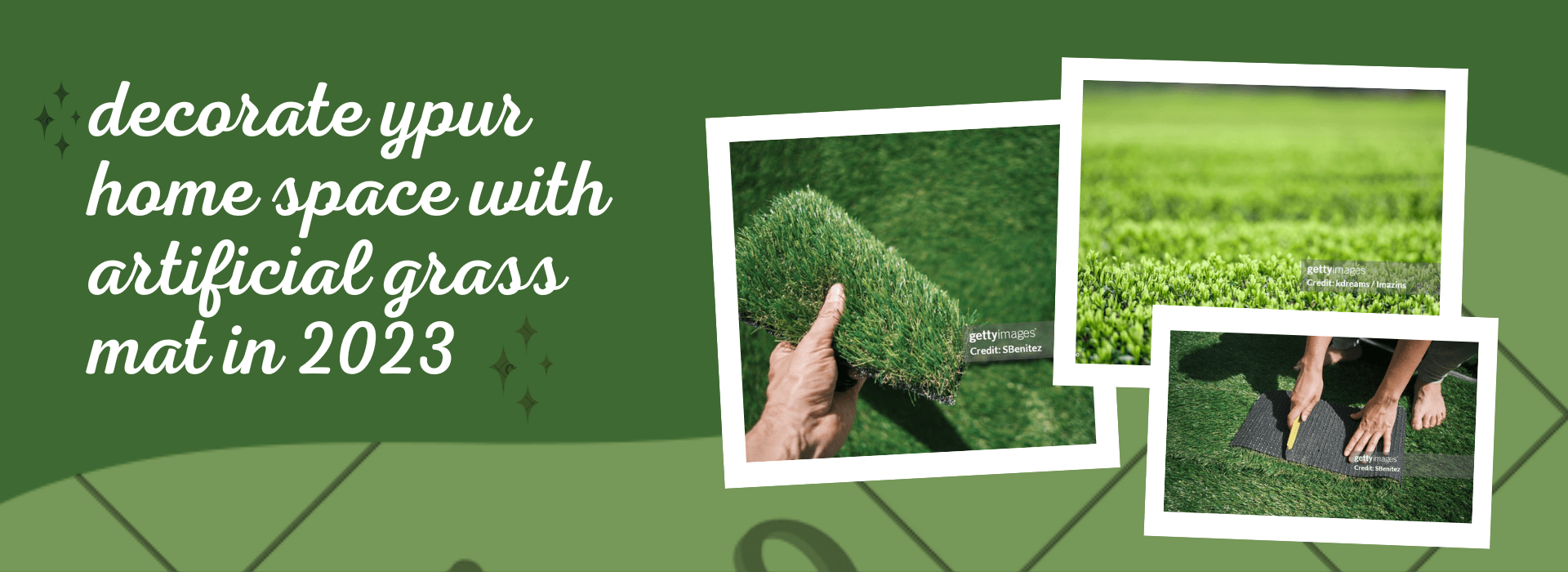
Decorate Your Home Space With Artificial Grass In 2023

#1 Top 5 Creative Festive Garden Decor Ideas

#1 The Most Easy Way to Protect Your Plants From Frost In USA
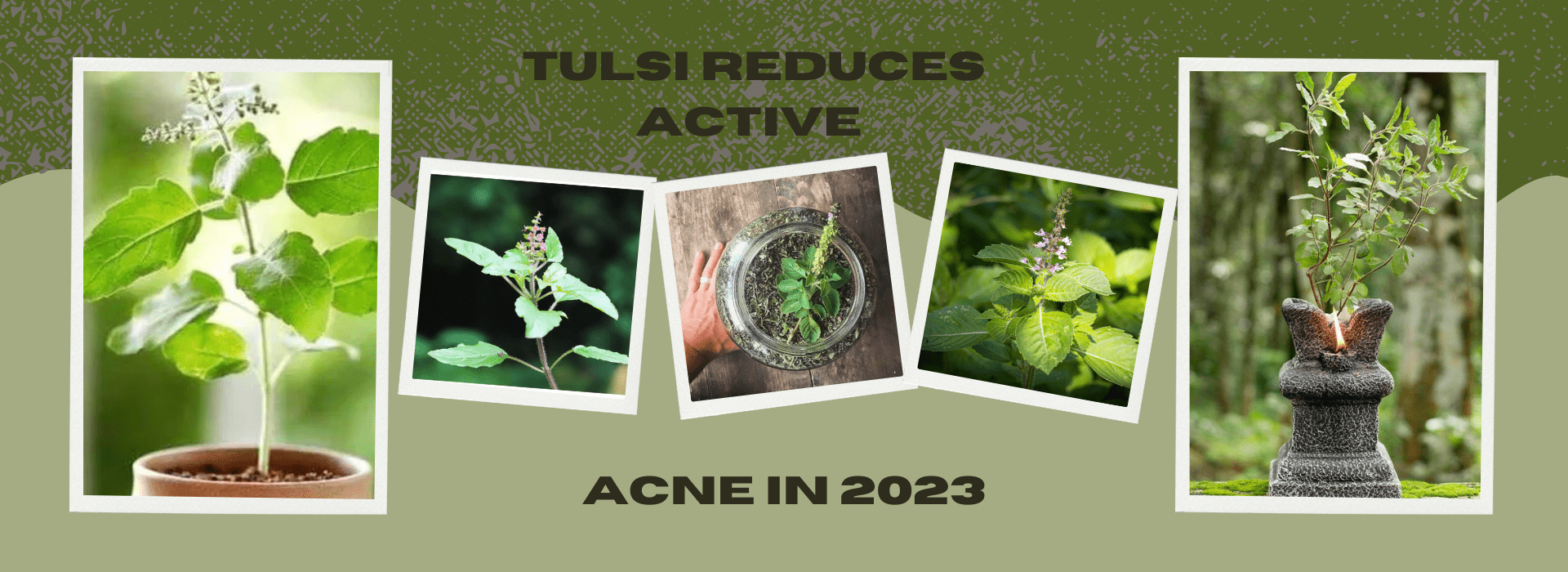
#1 BEST TULSI REDUCES ACTIVE ACNE IN 2023

#1 Best 7 indoor plants that people with amazing-smelling homes use to scent their spaces naturally
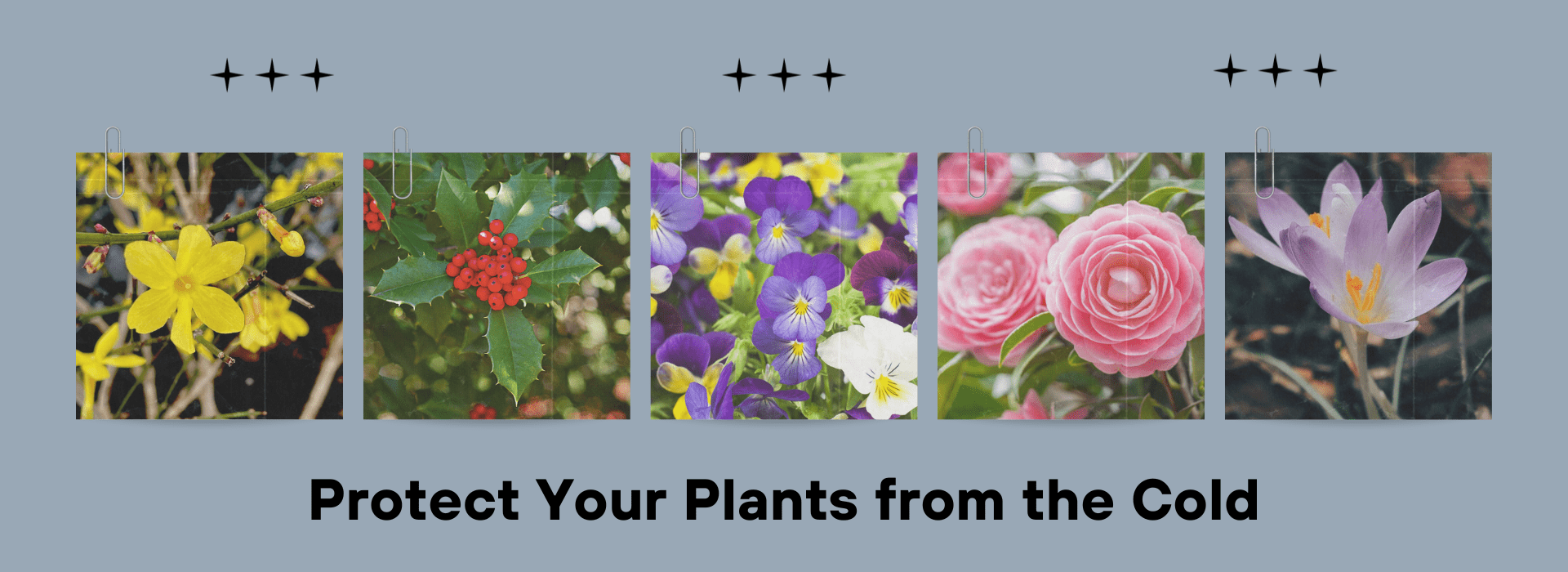

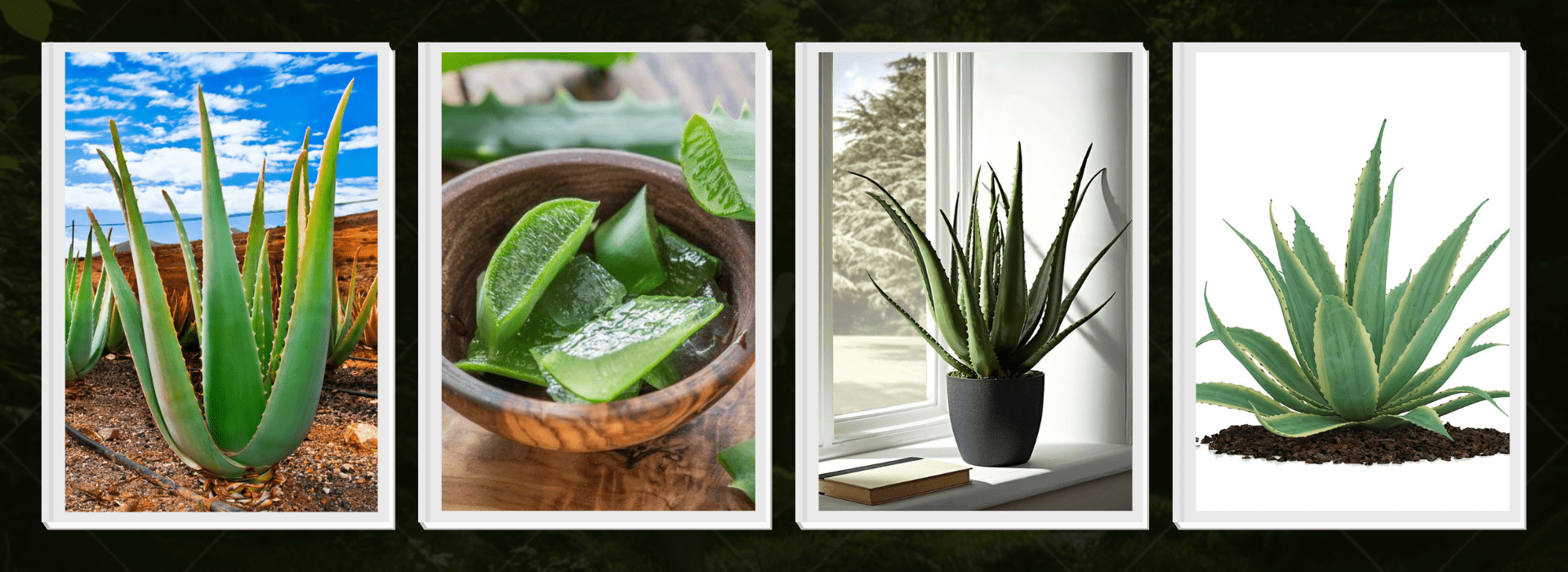

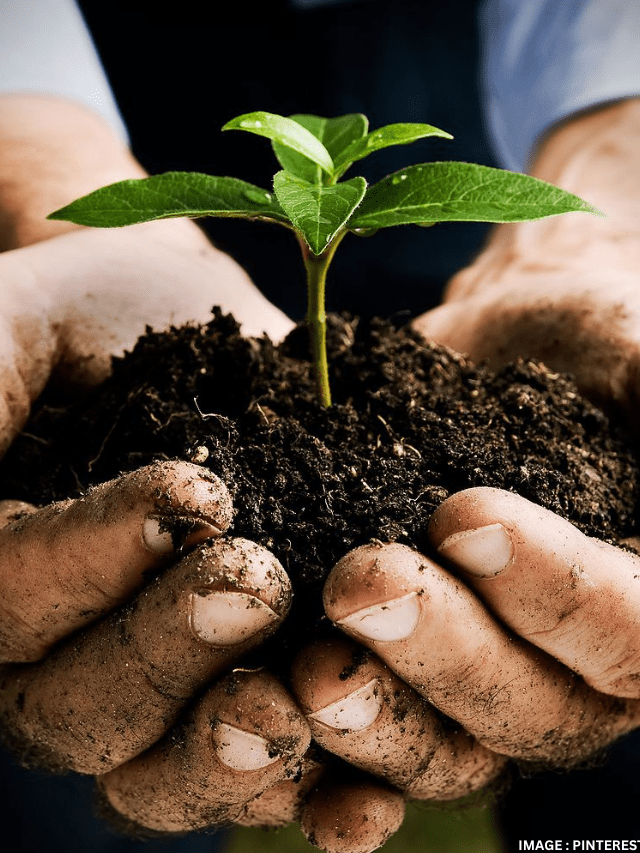


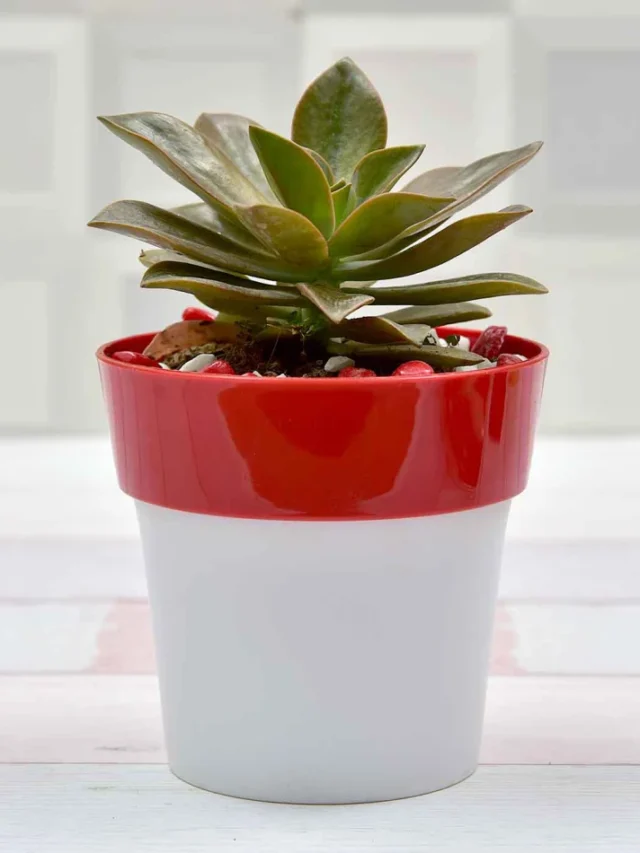

Recent Comments